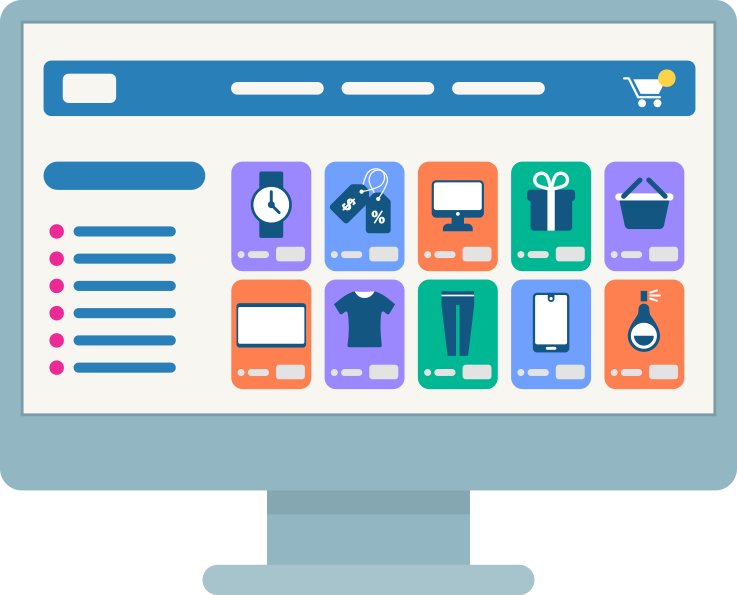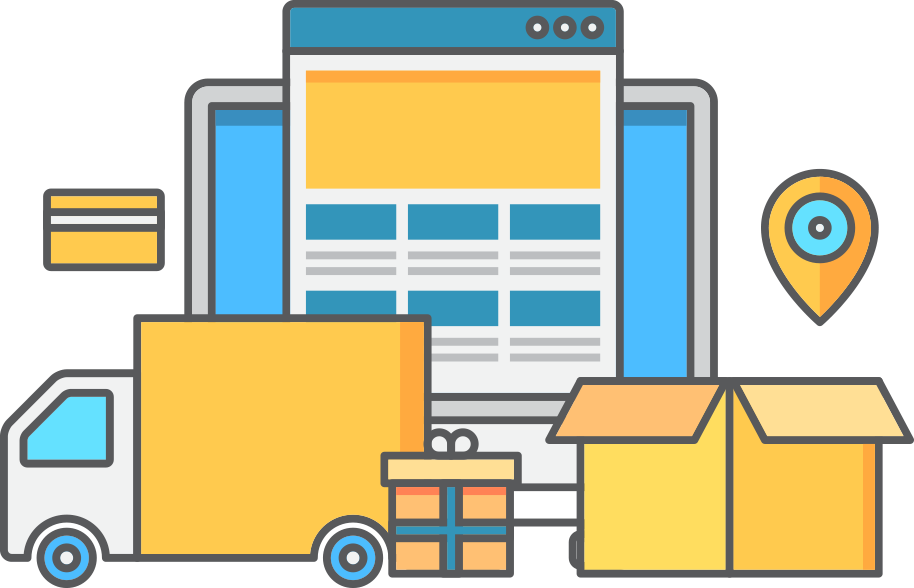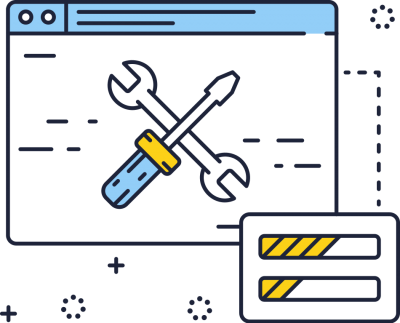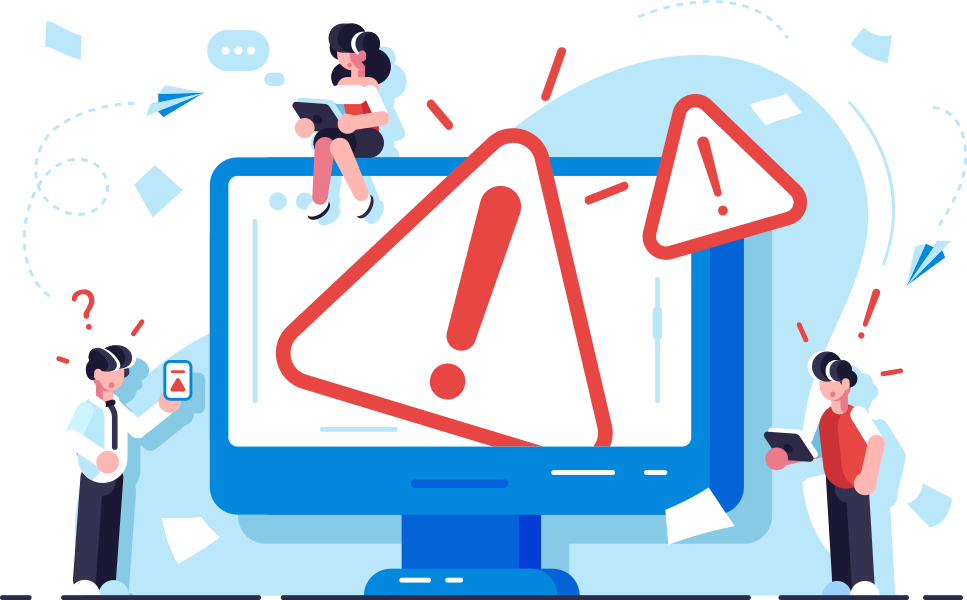- Not Performing Market Research
Ecommerce may be a profitable venture, but it doesn’t mean that you can simply go out there and launch your business without first studying what the market needs or demands. Market research can tell you if your business idea has the potential to create desire for your commodity or service enough for you to carve out a niche in the competitive world of online retail.
- Poor Navigational Flow and Slow Loading Time
These days, customers want to have things in an instant, minus long waiting periods or complicated processes. If your website takes more than 5 seconds to load, you risk losing a prospect or customer to another business that prioritizes user experience better than you do. You need to make it fast and easy for consumers to find the product that they’re looking for.
- Missing or Poor Product Description
Visuals of your products help to a great extent in attracting buyers’ attention, but you need to support them with product descriptions too. Buyers want to know basic details like product model, dimensions, special features, limitations, and the like to help them decide whether or not to buy.
- Hidden Costs and Ridiculous Policies
Unexpected extra costs is the second biggest reason why online shoppers don’t complete their purchases. Likewise, unfair policies in making returns, exchanges, or refund requests may also force customers to look for better alternatives elsewhere. The best thing to do is to lay your cards on the table from the very beginning, giving utmost consideration to customers in terms of your store policies.
- Unsatisfactory After-Sales Service
Repeat business needs to be one of your goals for your ecommerce business, but that depends a lot on whether or not you make an effort to engage with your customers even after you got them to buy from you. Making your customers feel valued all throughout their buying cycle helps in building a positive relationship not only with them but also with others who may come across customer reviews for your business.
- Not investing in an app
It’s not quite right to think that building a mobile app shouldn’t be a priority since innumerable shoppers are shifting to mobile devices. Mobile apps do incur some costs, but they also come with huge returns on investment in terms of sales and overall business growth.
- Disregarding the power of email
Up to this day, email remains a powerful tool in digital marketing. You can use email to let people know about product launches and promotional offers, or get them back to visit your website after a long absence. As long as you send the right amount of email to the right people in your list, you’re opening an opportunity to be able to sell more.
- Not tracking customer journeys on your site
People come to your site for various reasons, and it’s important that you focus on studying their shopping behavior and history. This way, you can tailor the kind of content and browsing experience that you provide to them on each and every visit they make. You cannot, say, not optimize your website for mobile if you know that majority of your buyers are smartphone users.
- Unresponsive chat support
It’s now common for customers to use live chat as a channel for contacting and communicating with businesses. When they go on chat, they expect that someone from your support team is available to respond to their queries or look into their complaints. You should, therefore, consider offering live chat 24/7, or use bots that are capable of responding to basic customer queries. If you don’t have a dedicated chat support team, you should just remove live chat on your website and offer email support instead.
- Absence of order tracking and reporting system
Customers want to know when exactly they’re going to receive their items. Through order tracking, they can easily check the status of their purchase without having to make calls with your company, which only adds up to their expenses. Without this feature or functionality, your customers may not develop a high level of trust in your business. In addition, you can also create opportunities for upselling or additional purchases each time customers go back to your site or app to check the status of their order.







